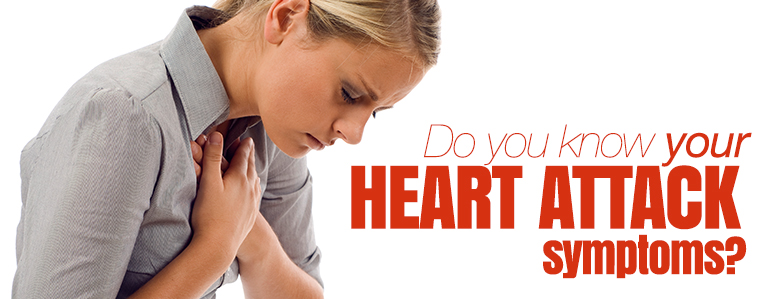A heart attack is very popular and getting common diseases worldwide, it happens when the flow of oxygen-rich blood to a section of our heart muscle suddenly becomes blocked and the heart can’t get oxygen. If flow of blood could not restored quickly, the section of heart muscle begins to die.
Heart attacks most often occur as a result of coronary heart disease (CHD), this diseases also called coronary artery disease. CHD coronary heart disease is a condition in which a waxy substance called plaque builds up inside the coronary arteries. These arteries supply oxygen-rich blood to our heart.
Overview of Heart Attack:
More than a million Americans have heart attacks each year and too much in world wide. A heart attack, or myocardial infarction (MI), is permanent damage to our heart muscle. “Myo” means muscle, “cardial” refers to the heart, and “infarction” means death of tissue due to lack of blood supply or supply of oxygen to heart blocked.
What Happens During a Heart Attack?
Our heart muscle requires a constant and uninterrupted supply of oxygen-rich blood to nourish it. The coronary arteries provide the heart with this critical blood supply. If any human being fall in coronary artery disease, thene these arteries become narrow and supply of blood effected and flow get disturb and cannot maintain as it should be. Fatty matter, calcium, proteins, and inflammatory cells build up within the arteries to form plaques of different sizes. The plaque deposits are hard on the outside and soft and mushy on the inside.
When the plaque is hard, the outer shell cracks (plaque rupture), platelets (disc-shaped particles in the blood that aid clotting) come to the area, and blood clots form around the plaque. If a blood clot totally blocks the artery, the heart muscle becomes “starved” for oxygen. Within a short time, death of heart muscle cells occurs, causing permanent damage.
Read Also: Importance and Benefits of Fasting in Our Life & Fighting Against Diseases
Heart Attack’s Five Major Symptoms:
• Pain or discomfort in the jaw, neck, or back.
• Feeling weak, light-headed, or faint.
• Chest pain or discomfort.
• Pain or discomfort in arms or shoulder.
• Shortness of breath.
Other symptoms of a heart attack could include unusual or unexplained tiredness and nausea or vomiting. Women are more likely to have these other symptoms.
What Action To Take After Heart Attack or Feeling Its Symptoms:
• Call 9-1-1 if you are in United States, other people should call their country medical help line number.
• If you felt the symptoms of a heart attack in yourself or someone else, call 9-1-1 in emergency. The sooner you get to an emergency room, the sooner you can receive treatment to prevent total blockage and heart muscle damage or reduce the amount of damage, will get supply of oxygen to heart. At the hospital, health care professionals can run tests to determine whether a heart attack is occurring and decide the best treatment.
• In some cases, a heart attack requires cardiopulmonary resuscitation (CPR) or electrical shock (defibrillation). Bystanders trained to use CPR or a defibrillator may be able to help until emergency medical personnel arrive.

